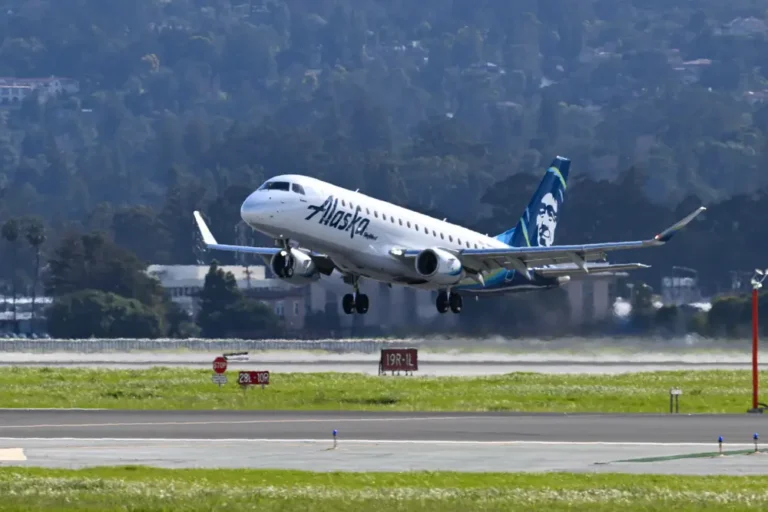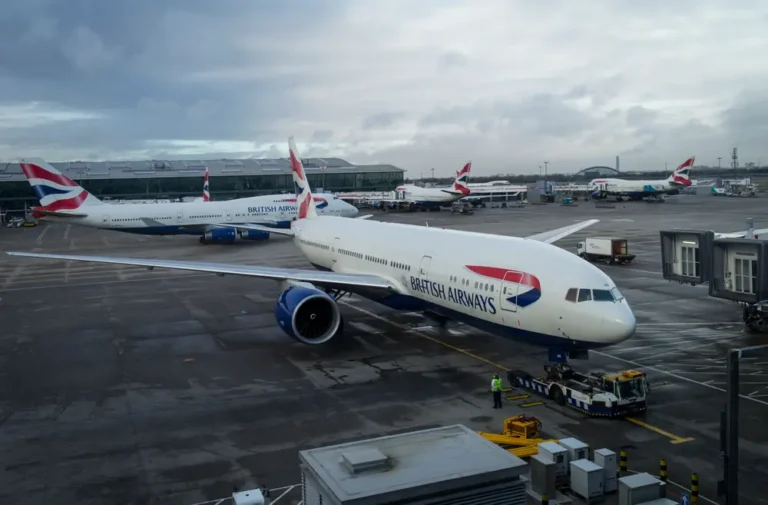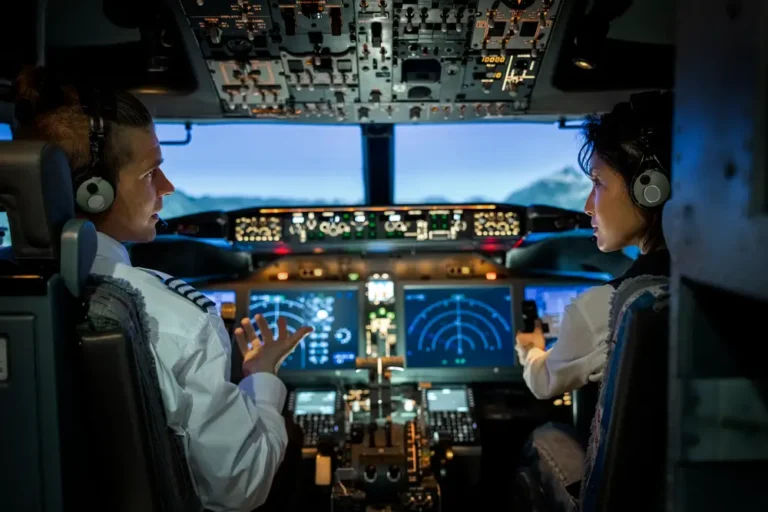Brazil’s struggling rival for the Airbus A220 is getting a first-of-its-kind tech its competitors don’t have
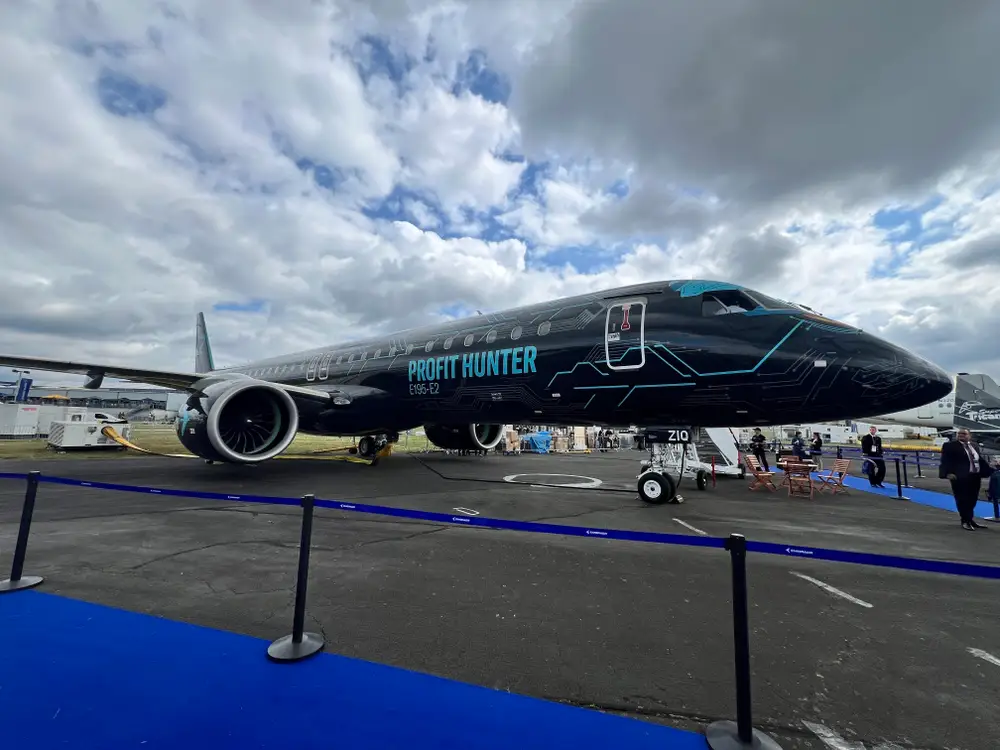
An Embraer E195-E2 at the 2024 Farnborough Air Show.
Embraer recently announced a raft of upgrades for its next-generation E2 airliner at the Farnborough International Air Show, including a new automatic takeoff system called the Embraer Enhanced Takeoff System, or E2TS.
Despite the lack of new orders at Farnborough this year, the Embraer believes the enhancements will make the E2 more enticing for potential suitors.
“We aim to continually improve our aircraft and these upgrades announced today – reducing fuel burn and emissions; increasing range; improving the passenger and cabin experience; and adding new technology and connectivity – is great news both for our customers and their guests,” Embraer Commercial Aviation president and CEO, Arjan Meijer said in a statement.
Even though automated landing systems have been used on commercial airliners since the late 1960s, the Brazilian airplane maker’s automatic takeoff system will be an industry first.
According to Embraer, E2TS requires no pilot action for the aircraft to lift off from the runway. However, pilots monitoring the takeoff able to immediately take over flying in case of emergencies such as system malfunction or a bird strike.
The main benefit of E2TS is that it produces more precise takeoffs and flight trajectories, which Embraer predicts will result in a roughly 400 mile-improvement in range.
E2TS will also allow the E2 to operate from shorter runways with more payload.

The flight deck of an Embraer E195-E2 demonstration aircraft pictured at Dubai Airshow 2021.
Embraer’s automated takeoff system is expected to become available near the end of 2025 and will be available on both new aircraft and for retrofit on planes already in service, Aviation Week reported.
In addition to E2TS, the E2’s other upgrades include an improved bleed air management system in the plane’s engines, which improves fuel burn by 2.5% and boosts maximum take-off weight (MTOW) to 137,780 lbs.
The E2’s cabin has also been optimized to fix an additional row of four seats, which Embraer estimates will generate airlines an additional $4.5 million in revenue per aircraft over 15 years.
The Embraer E2 has struggled to find buyers.
The Embraer E2, which lists for around $78 million per plane, is an updated second-generation variant of Embraer’s E-Jet regional jet series.
However, the E2 is a bigger aircraft than the original E-Jet. The largest variant, the E195-E2, can carry up to 146 passengers.
As a result, it now competes for sales against the Airbus A220 (nee Bombardier C-Series) in the 100- to 150-seat airliner segment instead of regional aircraft.
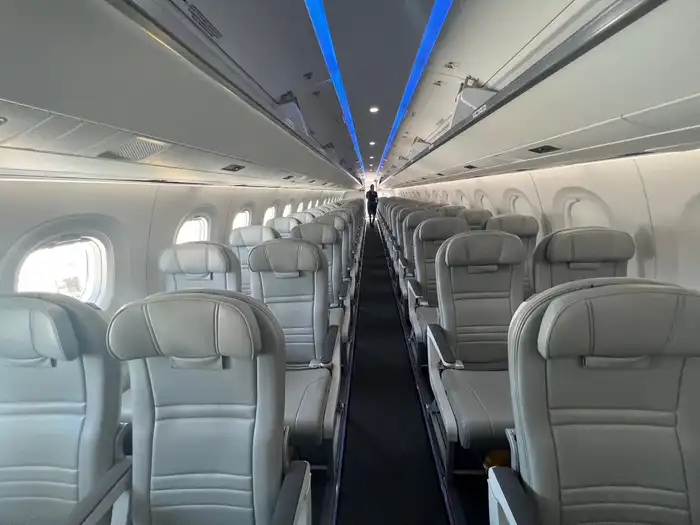
The cabin of an Embraer E195-E2 at the Farnborough International Airshow.
Unfortunately, the E2 has been outsold by its Canadian Airbus rival, 902 to 306.
Although Embraer has won orders from Mexicana and Porter in Mexico and Canada, it has failed to generate sales with US carriers thus far.
Delta, Jetblue, and Breeze have all opted for the A220.
However, the E2’s struggles say more about the small size and overall dynamics of the sub-150-seat airliner market than about the plane’s capabilities.
The market for sub-150-seat mainline airliners is inherently limited.
Of the 902 A220s on order, 805 were for the larger A220-300 version. This variant can seat up to 160 passengers and is much closer in capacity to aircraft from the Boeing 737 and Airbus A320 Families, which sell by the thousands.
As for Boeing, it hasn’t bothered with this segment since it quietly stopped selling the pint-sized 737-600 more than a decade ago.



